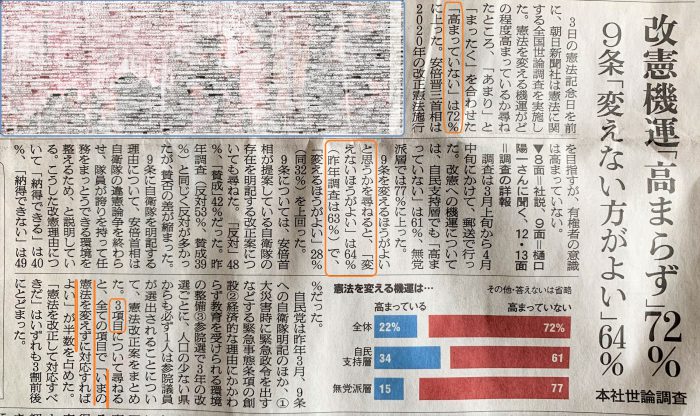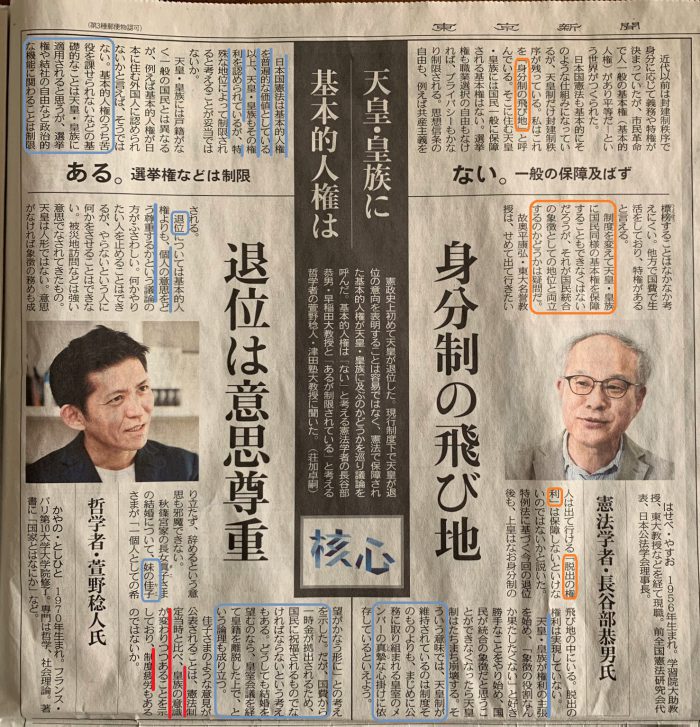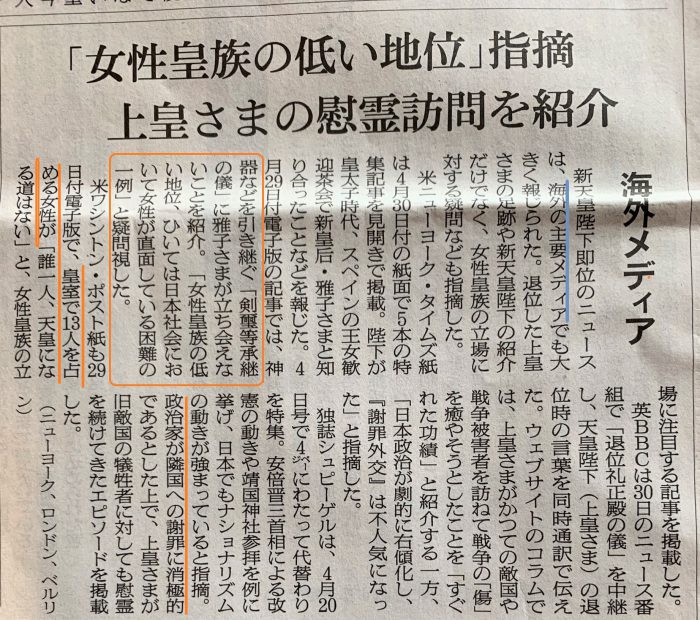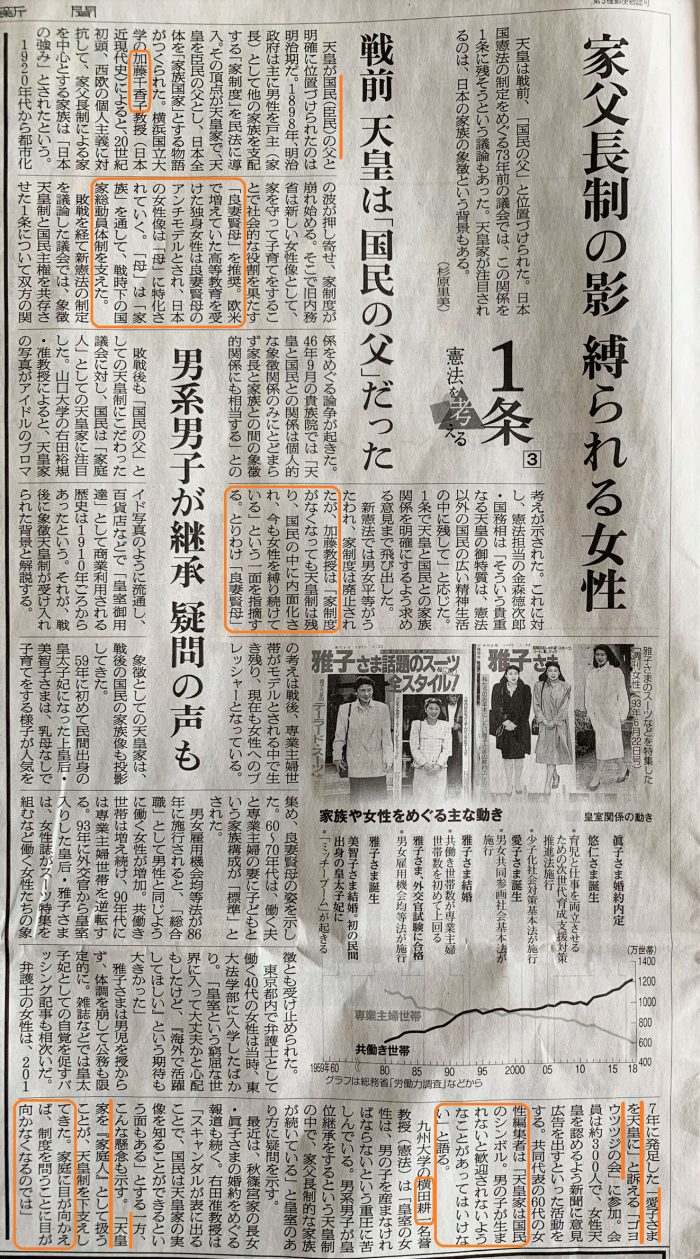元号が変わって10連休。今日は憲法記念日だ。70年余の長命はそれなりの理由がある。その平和を希求する先見性と、人権という個人にとってもっとも重要な普遍的価値を核とする日本人になじみ親しまれてきた憲法だ。
憲法記念日のイベントが開かれているかと思うけど、TVはGWの混雑とか、どうでもよいことばかり報道している。「危ない」のか、「平和」なのか?
国会の復権に取り組もう(毎日新聞)
2019年5月3日
憲法は国の背骨と言われる。日本国憲法が施行から72年の時を刻み、姿を変えずに令和の時代へとたどり着いたのは、基本的によくできた憲法であるからだろう。ただし、憲法典そのものが修正なしの長寿を保っているからといって、現実の国家運営が健全だということにはならない。大事なのはむろん現実の姿だ。国民の代表が集う国会は、絶えず憲法について論じ、その価値体系に磨きをかける努力が求められる。安倍晋三首相が政権に復帰して6年半になる。歴代で最も改憲志向の強い首相は「改憲勢力」の拡張に執念を燃やし、選挙でそれなりに勝利してきた。それでも衆参両院の憲法審査会は停滞したままだ。
無理を積み重ねた首相 なぜだろうか。野党の硬直的な態度が一因であることは確かだろう。しかし、本質的な原因は物事の筋道を軽んじる首相の姿勢にあるのではないか。ちょうど2年前、安倍首相は改憲派集会向けのビデオで憲法9条への自衛隊明記案を打ち上げ、「東京五輪のある2020年に新憲法施行を」と期限まで付けた。いずれも自民党内での議論を積み上げたものではない。国会で真意をただした野党議員には「(インタビューを掲載した)読売新聞を熟読してもらいたい」と言い放った。昨秋、党総裁3選を果たすと、憲法に関わる国会や党の要職を側近で固め、与野党協調派を排除した。今年2月の党大会では、憲法が自衛隊を明記していないから自治体が自衛官募集に協力しないと、言い掛かりのようなことまで言っている。
首相の軌跡をたどると、やはり幾つもの無理が積み重なっている。国内最強の実力組織である自衛隊を憲法上どう位置づけるべきか。その問題提起は間違っていない。ただ、日本の防衛政策は憲法9条と日米安全保障条約のセットで成り立っている。9条に自衛隊と書けば、自衛官は誇りを持てるといった情緒論に矮小(わいしょう)化すべきではない。
ましてや9条改正で日本の抑止力が増すかのような右派の主張は、少子化対策と憲法に書けば人口減が止まると言っているようなものだ。だから9条の見直し議論は、日米安保体制や、不平等な日米地位協定の改定を含めてなされるべきだ。その作業を避ける限り、政権として「戦後レジームからの脱却」をうたいながら、沖縄には過酷な戦後レジームを押しつけるいびつさが続く。
今、憲法をめぐって手当てが必要なのは、9条の問題よりもむしろ、国会の著しい機能低下だろう。その最たるものは首相権力に対する統制力の乏しさだ。議院内閣制にあって、国会はあらゆる政治権力の源泉である。国会の多数派が首相を選び、首相は内閣を組織して行政権を行使する。ところが、「安倍1強」が常態化してくるにつれ、内閣は生みの親に対してさほど敬意を払おうとしなくなった。親にあれこれと指図する場面さえも目立ってきた。
貧弱なままの監視機能
昨年の通常国会では森友学園をめぐって財務官僚による公文書改ざんが発覚した。行政府が国会を欺くという前代未聞の事態なのに、国会による真相究明はまったくの尻すぼみで終わった。首相が麻生太郎財務相を更迭することもなかった。国会の最も重要な役割は、社会一般のルールとして法律を制定することだ。多くの国民の利害にかかわるため、法案の妥当性は多方面から注意深く吟味されなければならない。それには正確な情報が要る。しかし昨秋、外国人労働者の受け入れ拡大に向けて政府が提出した入管法改正案は、新制度の具体的な内容をことごとく法務省令に委ねる立法府軽視の形式になっていた。憲法の基本思想は権力の分立による「抑制と均衡」だ。立法府が行政府に必要な統制力を働かせて初めて健全な憲法秩序が生まれる。
平成期を通した一連の政治改革で首相権力が飛躍的に拡大したのに、国会の行政監視機能は貧弱なままに留め置かれた。ここに国政の構造的な問題があるのは明らかだろう。
平成の目標が首相官邸機能の強化だったなら、令和の目標は国会の復権であるべきだ。国政調査権の発動要件に、西欧のような野党配慮を盛り込むだけでも国会は変わる。国会と政府の均衡を取り戻すことが、生産的な憲法対話の近道だ。
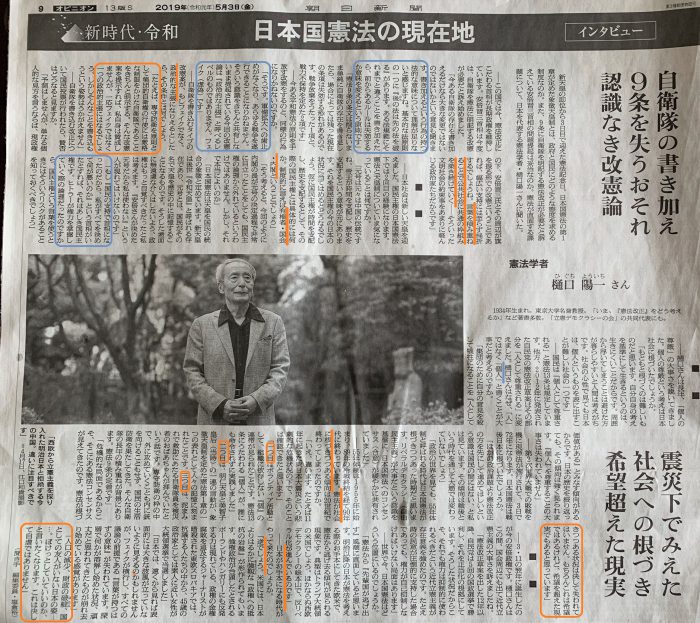
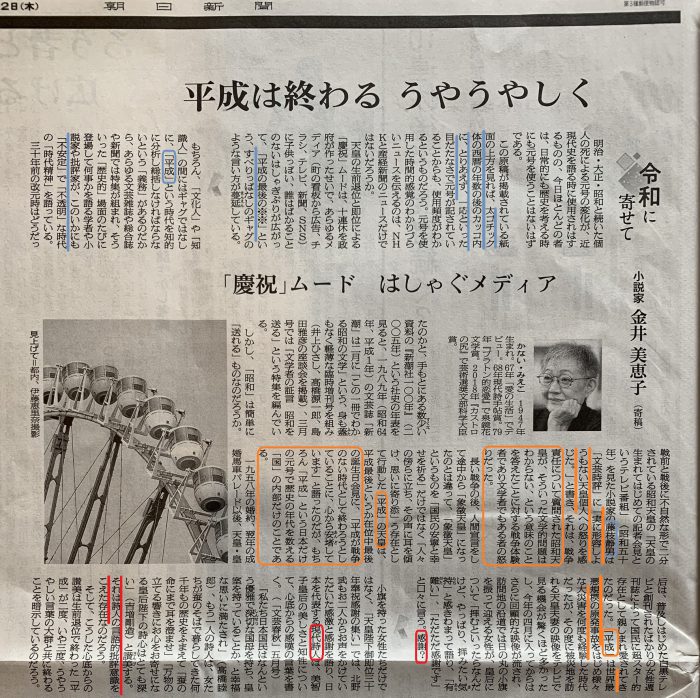
Akihito and Japan’s Imperial Treasures that make a man an emperor
By Anna JonesBBC News 27 April 2019

On 1 May, Crown Prince Naruhito will ascend the Chrysanthemum Throne after his father abdicates, becoming the new emperor of Japan.
Both the abdication and accession will involve deeply symbolic Shinto ceremonies, and central to them will be three objects – a mirror, a sword and a gem – known as the Imperial Treasures or Regalia. The origins and whereabouts of the mysterious objects are shrouded in secrecy, but myths about them are peppered throughout Japanese history and pop culture.
Why are the Imperial Treasures so important?
Japan’s unofficial national religion, Shinto, places huge importance on ritual to maintain a connection with the past and with spirits which intervene in human lives.
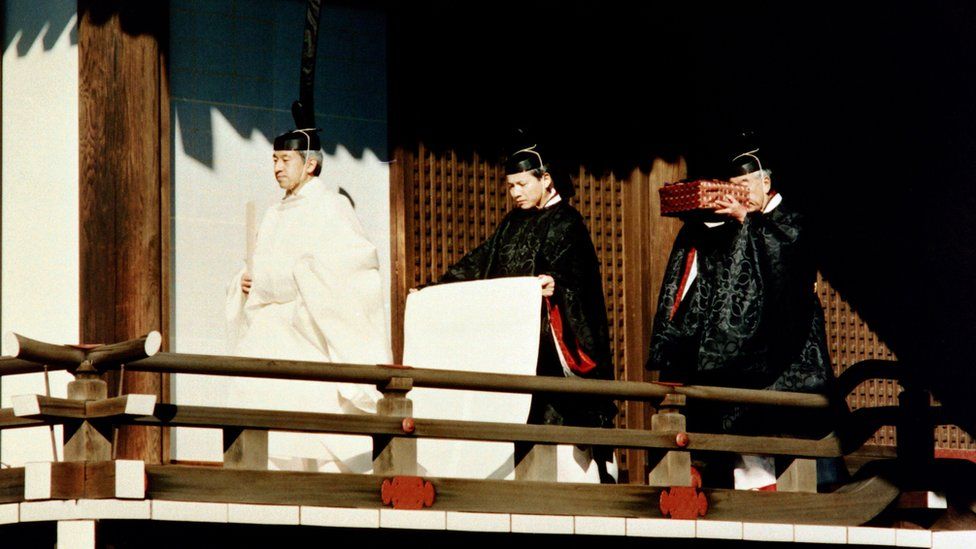
The Imperial Treasures are part of this. They are said to have been passed down from the gods through generations of emperors seen as their direct descendants. In the absence of an imperial crown, the treasures act as the symbol of imperial power. But the treasures are so sacred, they are kept hidden from the world. “We do not know when they were made. We have never seen them,” Prof Hideya Kawanishi from Nagoya University told the BBC.
“Even the Emperor has never seen them.”
In fact they won’t even be at the coronation – replicas (which still won’t be seen) will be used, and the originals – if they are even that – will stay at their shrines around the country.
Yata no Kagami – the sacred mirror
The mirror, which may be more than 1,000 years old, is believed to be kept at the Ise Grand Shrine in Mie prefecture. According to Shinsuke Takenaka at the Institute of Moralogy – a Japanese body which researches ethics and morality – it is considered the most precious of the treasures. It was the only one of the treasures which did not feature in the last enthronement in 1989.
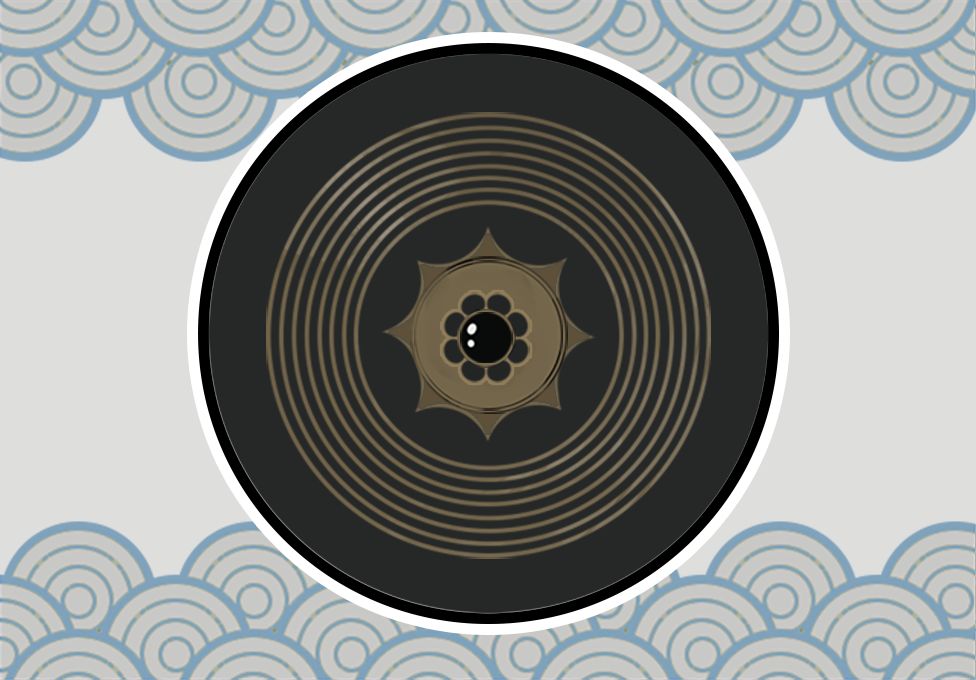
In Japanese folklore, mirrors are said to have divine power and to reveal truth. In the imperial ceremonies, Yata no Kagami – or eight-sided mirror – represents the wisdom of the emperor. According to the Kojiki, the ancient written record of Japanese history and legend, the Yata no Kagami was made by the deity Ishikoridome. After the sun goddess Amaterasu fought with her brother Susanoo, the god of the sea and storms, she retreated to a cave taking the light of the world with her.
Susanoo arranged a party to lure her out, and Amaterasu was dazzled by her own reflection in the mirror. They repaired their squabble, bringing light back to the universe. The mirror and the other treasures eventually made their way to Amaterasu’s grandson, Ninigi. According to the legends, says Mr Takenaka, the goddess told Ninigi: “Serve this mirror as my soul, just as you’d serve me, with clean mind and body.” Ninigi is believed to be the great-grandfather of Jimmu, who legends say became Japan’s first emperor in 660 BC.
Kusanagi no Tsurugi – the sacred sword
The location of the Kusanagi no Tsurugi – or grass-cutting sword – is not clear, but it may be at the Atsuta Shrine in Nagoya.
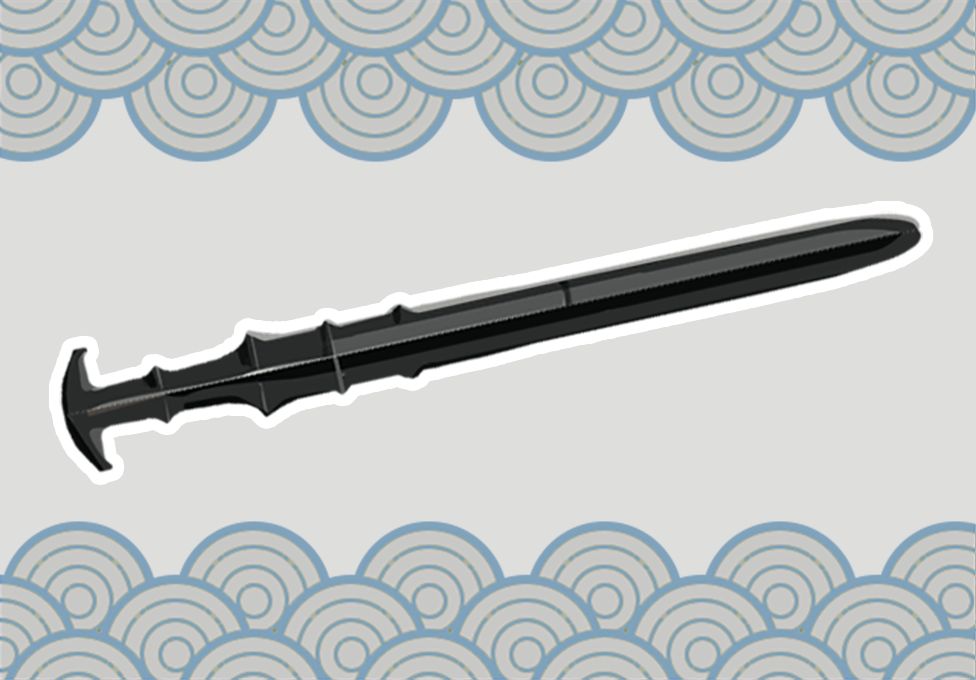
Legend says it grew in the tail of an eight-headed serpent that was devouring the daughters of a wealthy family. The father appealed to Susanoo for help, promising marriage to his last uneaten daughter if he could rid them of the snake. Susanoo tricked the serpent into getting drunk, then cut off its tails, finding the sword. But he didn’t have it for long – it too was used in his efforts to make up with his sister, Amaterasu.
The sword represents the bravery of the emperor. Because so little is known about it and where it is kept, some question whether the sword actually still exists. It’s certainly been kept in secret – one priest who reported having seen it in the Edo period (some time between the 17th and 19th Century) was banished.
There are rumours it may have been lost at sea during a 12th Century battle, but Mr Takenaka says that may itself have been a copy, and that a duplicate of that, kept at the palace, is used for coronations.
When Emperor Akihito came to the throne in 1989 he was given a sword said to be Kusanagi no Tsurugi. But the box he was given remained unopened.
Yasakani no Magatama – the sacred jewel
A magatama is a type of curved bead which started being made in Japan around 1,000 years BC. Originally decorative, they started taking on symbolic value.
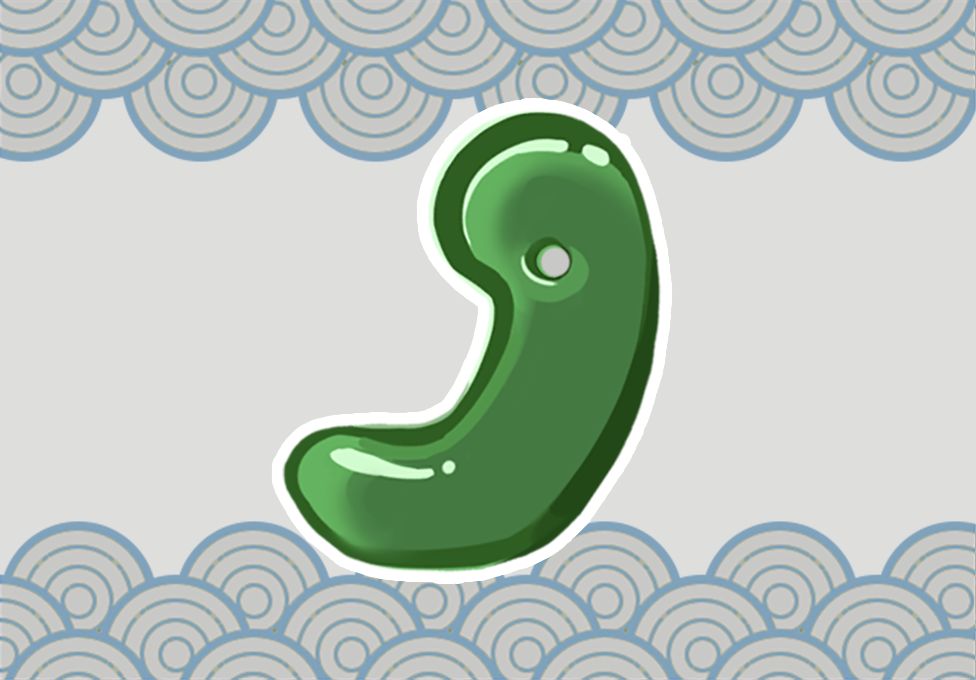
According to the legend, the Yasakani no Magatama was part of a necklace made by Tamanooya-no-Mikoto. It was worn by Ame-no-Uzume, the goddess of merriment, who played a central role in the efforts to lure Amaterasu from her cave. She performed an extravagant dance, wearing the beads, to cause a commotion and attract the sun goddess’s attention.
Whatever its origins, the Yasakani no Magatama, made of green jade, may be the only surviving “original” among the three treasures. It is housed in the imperial palace in Tokyo and in the enthronement ceremony, represents the benevolence required of an emperor.
Do Japanese believe in the treasure?
While Japan’s emperors trace their lineage to Amaterasu, they no longer claim to be gods themselves – Emperor Hirohito renounced his divine status after Japan’s defeat in World War Two.

Prof Kawanishi says there are many in Japan who still think of the objects as being imbued with divine power, but that many people “think of them now more as ornaments, a bit like a crown in other monarchies”. They’re largely important because they “show the mystery of the emperor”, he says, and as a “symbol that the system has continued for a long time”.
Mr Takenaka says there is also a view among scholars that the items represent the fusion of Japan’s ancient indigenous groups with new arrivals. Based on that theory, he says, the three treasures are a symbol the emperor should unite the ethnic groups without discrimination.
But he adds that in the 20th Century, the term “three treasures” also took on a slightly more practical meaning, becoming the phrase for the three things Japanese people felt they could not live without: a TV, a refrigerator and a washing machine.



